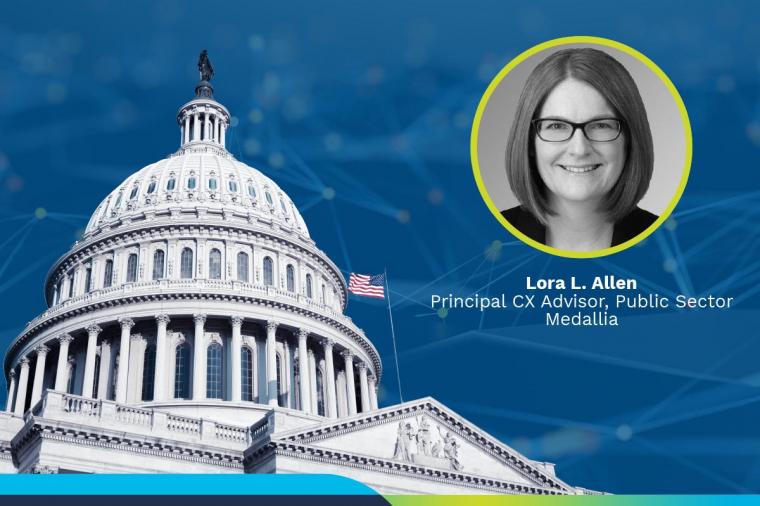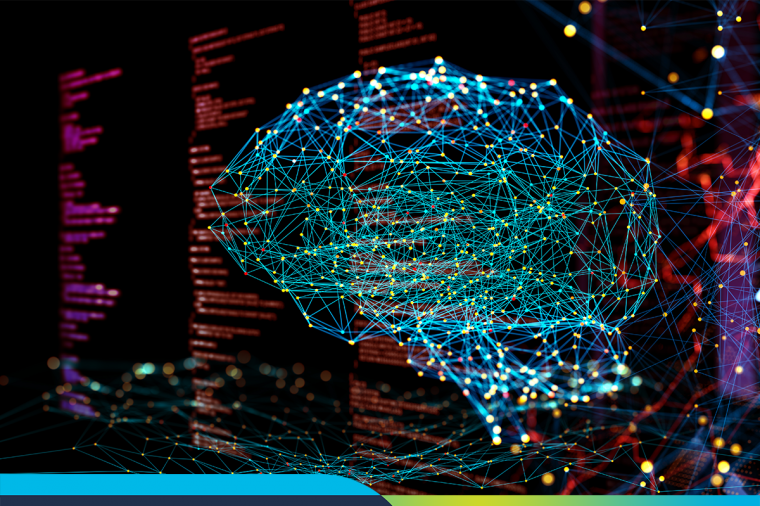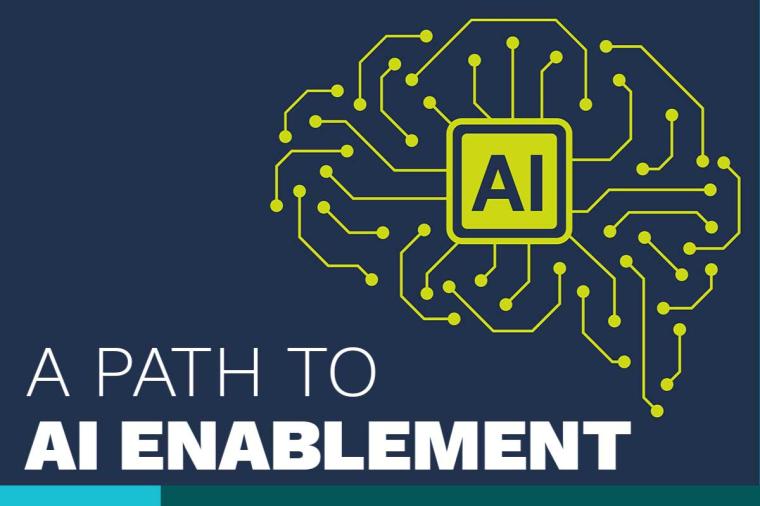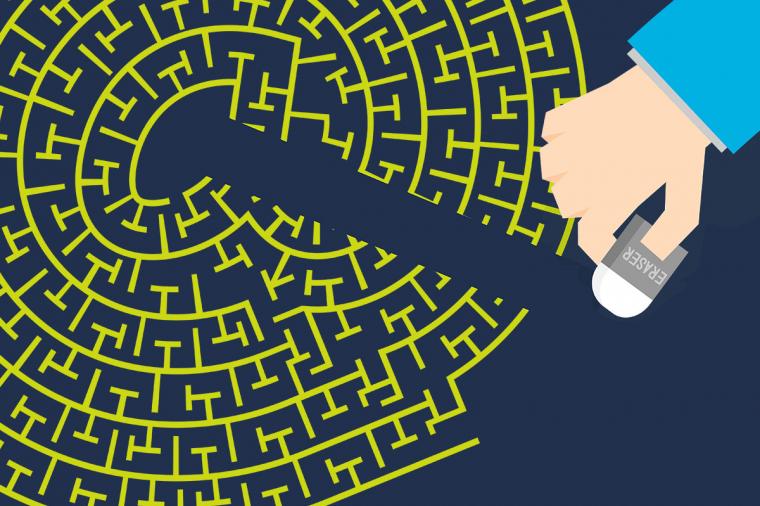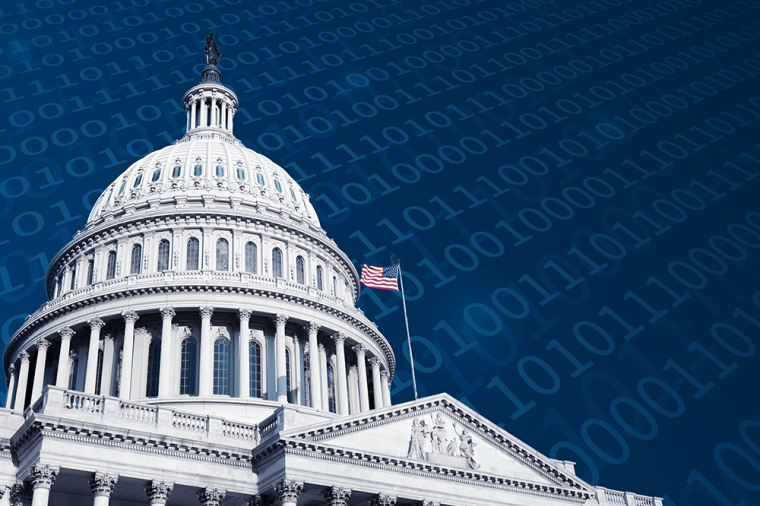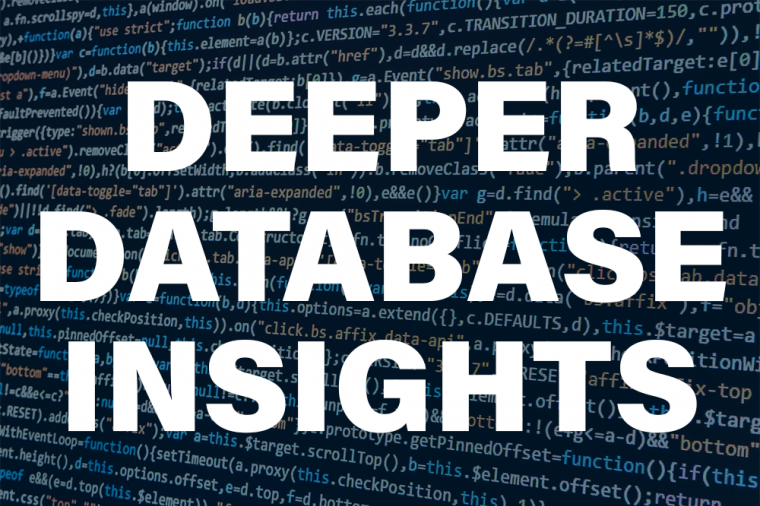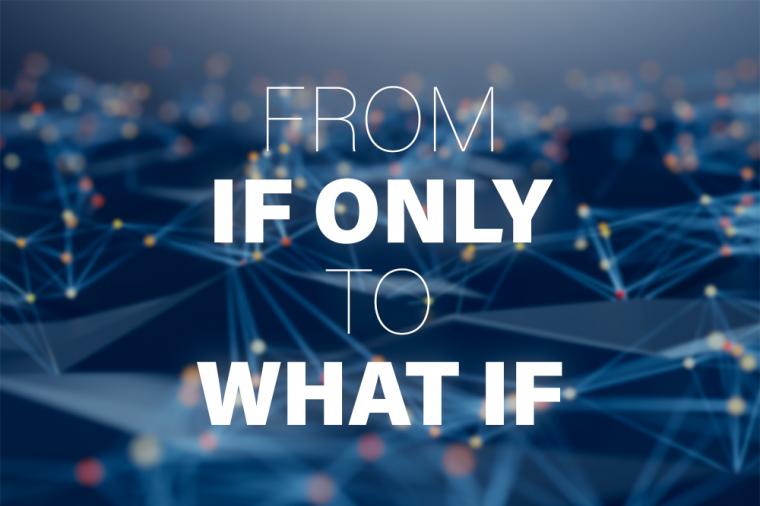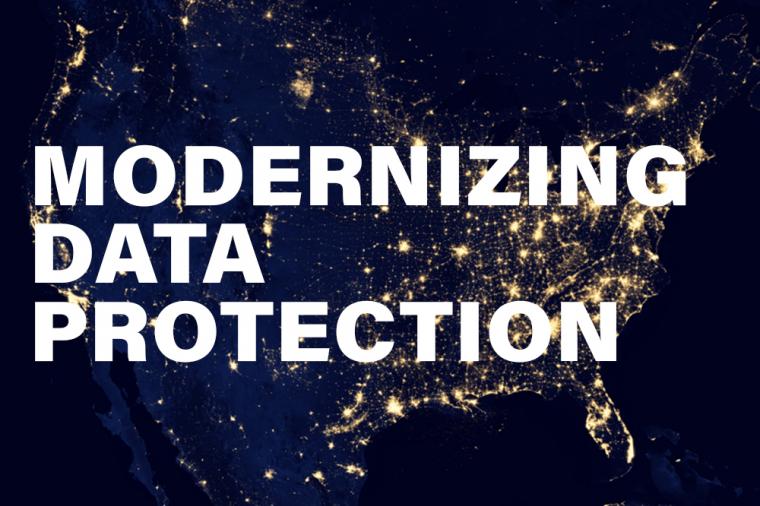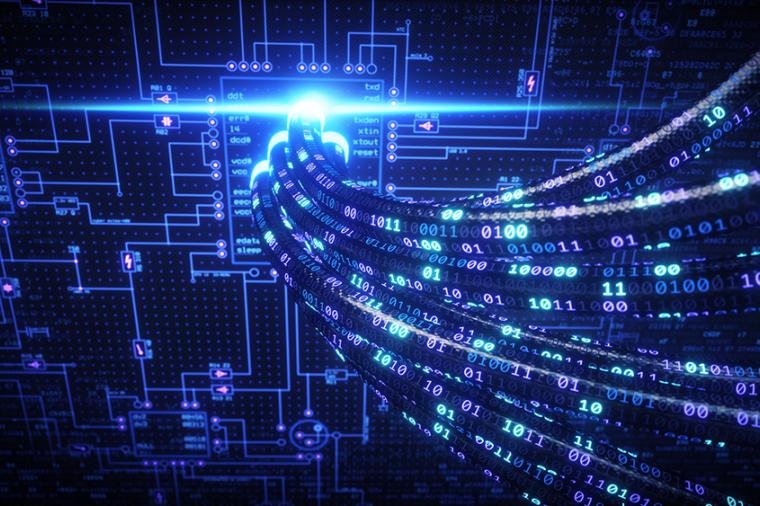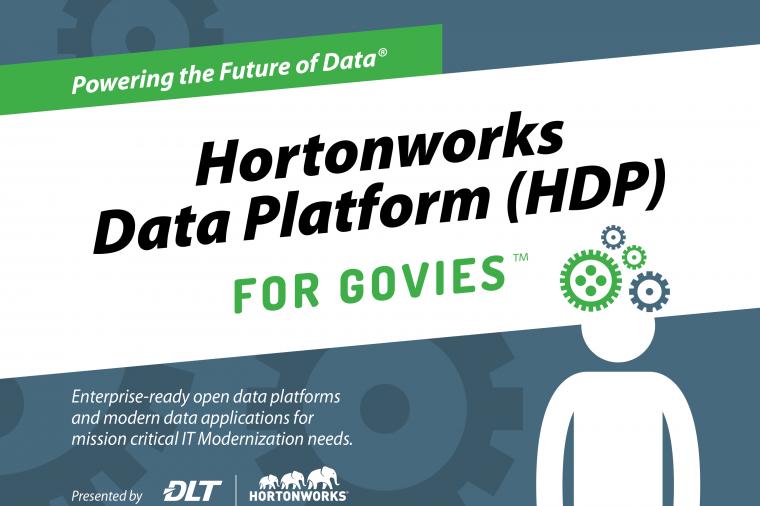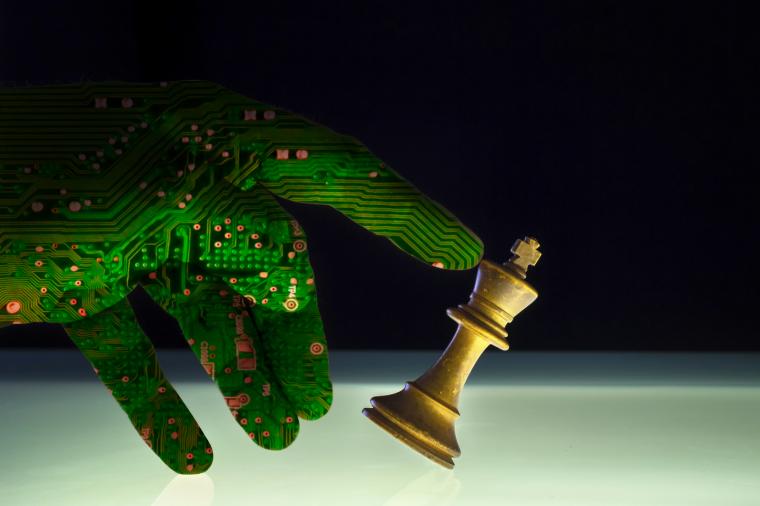Data Science is Key to Readying Facial Recognition Software for Use by Law Enforcement
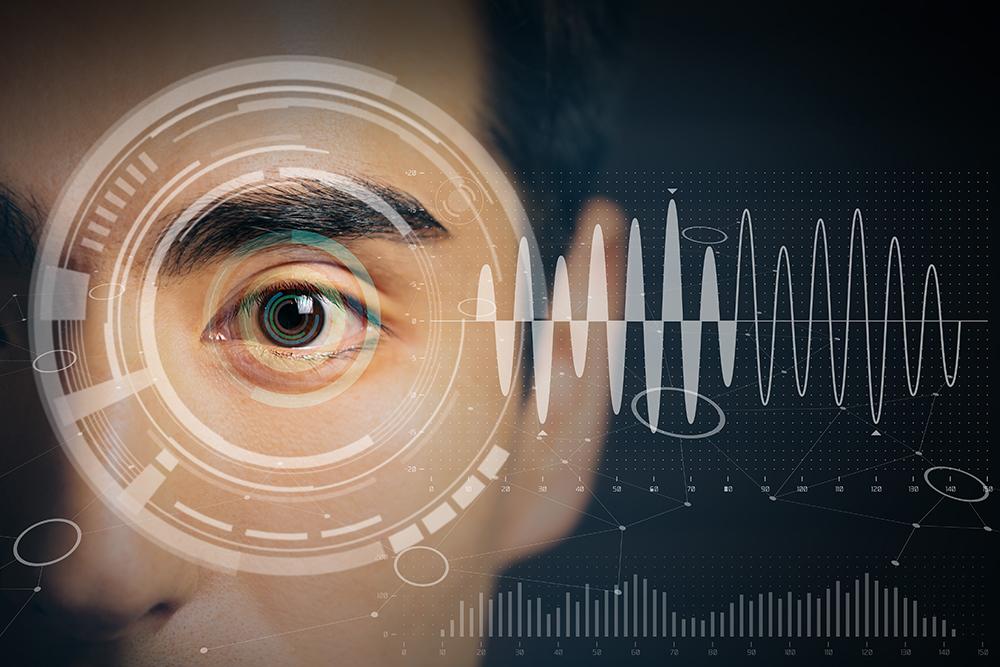
The use of facial recognition software to support law enforcement efforts is nothing new – in the movies that is. In 1997, the sci-fi classic The Fifth Element equipped its futuristic airborne police vehicles with tools that let officers compare facial scans of the movie’s mysterious alien heroine to a central criminal database in the hope of making an identification.
Twenty years on, scenarios like this are fast becoming normalized.
For example, in the State of Maryland, police departments rely on a database of private citizen headshots to search for potential suspects. The off-the-shelf database, known as the Maryland Image Repository System (MIRS), is maintained by the Maryland Coordination and Analysis Center. MIRS contains three million state mugshots, seven million state driver’s license photos, and almost 25 million mug shots linked from a national FBI database.
Most recently, the Anne Arundel County Police Department in Maryland turned to MIRS to attempt to identify the suspect in the recent shooting of five employees at the Capital Gazette newspaper in Annapolis. When fingerprints failed to turn up a suspect, a picture was relayed to the Center for identification.
Maryland is not alone in its pursuit of facial recognition tools to aid in law enforcement. Amazon Web Services sells its equally controversial yet popular Rekoginition facial recognition tools to law enforcement agencies in Oregon state and Orlando, FL.
Facial Recognition Technology: Not Ready for Law Enforcement Primetime
Despite keen interest from law enforcement agencies, systems such as MIRS and Rekoginition have drawn criticism over privacy and surveillance concerns from civil rights groups and the industry alike.
Writing for TechCrunch, Brian Brackeen, CEO of Kairos, an artificial intelligence company specializing in face recognition, advocates that the technology isn’t yet ready for use by law enforcement and could open the doors to gross misconduct and civil rights abuses. But Brackeen’s stance isn’t just a moral one, it’s a technology one. He writes:
“To be truly effective, the algorithms powering facial recognition software require a massive amount of information. The more images of people of color it sees, the more likely it is to properly identify them. The problem is, existing software has not been exposed to enough images of people of color to be confidently relied upon to identify them.” Any data errors could lead to wrongful conviction and encourage racial profiling.
The Vendor Community is Listening
Data science industry leaders, such as DLT partner, Hortonworks, are working to make it easier for public sector agencies to crunch massive amounts of data from disparate databases and boost the accuracy of facial recognition software with deep learning.
Taking data collected at the edge – i.e. from a police officer in the field – users can run facial recognition on a powerful cloud-based cluster with Apache NiFi, an integrated data logistics platform for automating the movement of data between disparate systems. Throw in machine learning with Apache Spark, and you can parallelize across very large datasets (e.g. mugshots and driver’s license photos) and conduct more sophisticated analytics, such as identifying facial landmarks and alignment. You can then take facial landmark vectors and pass these into classifiers that can be trained in Spark, and start to compare with reference photos and identify facial vectors. From here the system can start to tell you names solely based on images. Read more.
The Bottom Line
The use of facial recognition software in law enforcement currently raises more questions than answers. Yet, even as civil rights groups and the courts hash out the legal arguments, in today’s increasingly challenging policing environment it looks like the technology is here to stay. Where that technology goes from here and how accurate it becomes, very much depends on the data and machine learning approaches that states, counties, and municipalities take.
Learn more about how your state or municipality can take advantage of data science to drive the accuracy of its facial recognition initiatives, contact us today at 703.709.7172 or email sales@www.dlt.com.
















